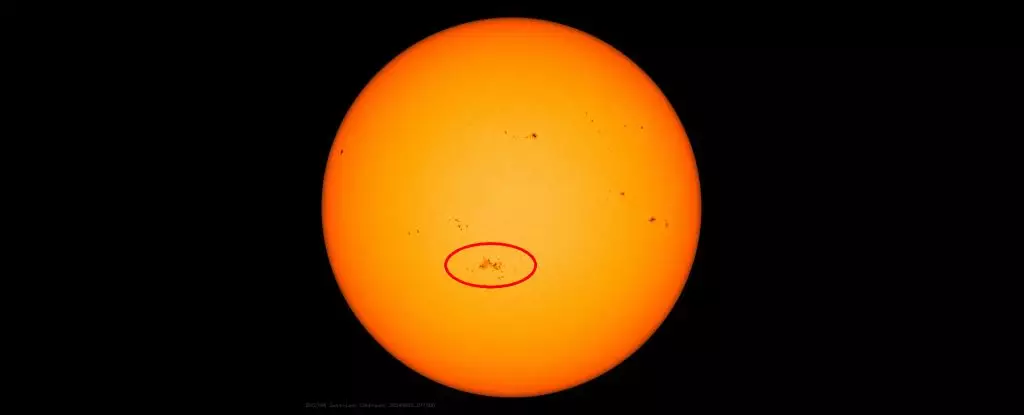The sunspot region that dazzled us with magnificent auroras in early May, AR 3664, has made a comeback in a grand fashion. After rotating out of view onto the far side of the Sun, it reappeared as AR 3697 on 27 May. With its return, it unleashed a series of powerful X-class flares, including an X 2.8 flare on the day of its reappearance. This was just the beginning of a flurry of solar activity that has kept astronomers on their toes.
Since its reappearance as AR 3697, the sunspot region has been incredibly active, emitting a total of five X-class flares as of the latest reports. The sequence of flares included an X1.45 flare on 29 May, an X1.1 flare on 31 May, and two flares on 1 June – an X1.03 and an X1.4. Despite the intense solar activity, there have been no reports of accompanying coronal mass ejections (CMEs) that could produce awe-inspiring auroras on Earth.
AR 3697 shows no signs of slowing down, as it continues to produce weaker flares on a daily basis. On 2 June alone, it emitted two M-class flares, which are 10 times weaker than X-class flares, and 10 C-class flares, which are 10 times weaker than M-class flares. Although these flares are not expected to have a significant impact on Earth, the potential for more powerful X-class flares remains high, with a 30 percent chance according to Spaceweatherlive.
Positioned near the center of the Sun’s disk, the sunspot region AR 3697 poses a greater threat for eruptions directed towards Earth. While this does not guarantee CME activity, the increased likelihood of such events is a cause for vigilance. Additionally, as we approach or enter the peak of the Sun’s 11-year activity cycle, there is a possibility of new sunspot regions developing that could provide us with more breathtaking light shows in the coming months.
The recent solar activity exhibited by the resurgence of sunspot AR 3697 serves as a reminder of the dynamic nature of our Sun. While the threat of powerful solar flares and their potential impacts on Earth remain, they also offer us a glimpse into the astounding beauty and complexity of our solar system. As we continue to monitor and study these phenomena, we gain a deeper understanding of our place in the universe and the interconnectedness of celestial events.


Leave a Reply